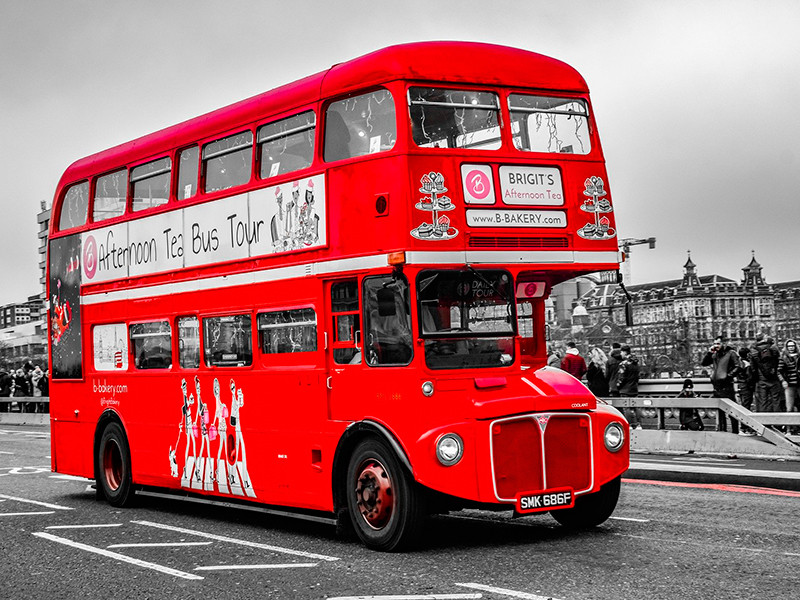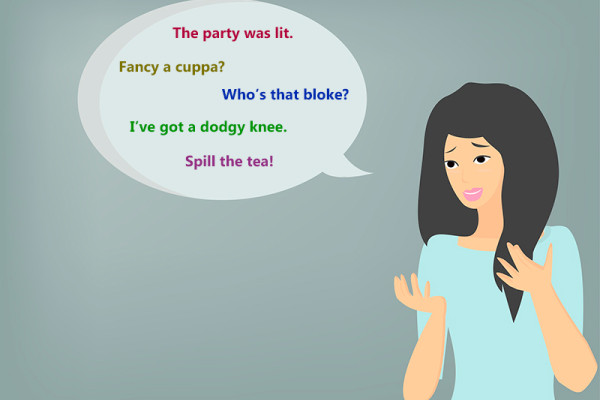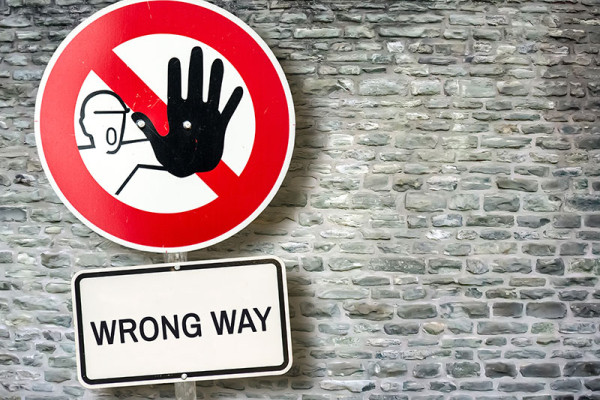London and its "pirate" buses

One of the emblematic and typical features of the city of London is undoubtedly the typical red bus. Thess buses travel the streets every day carrying more than six million passengers from one place to another.
These buses have been modernised but retain their red colour. Although the first models, called Routemaster, began to be refurbished in 2001 and operated for quite a while, the "Transport of London" authority announced that by 2005, this model would have been withdrawn from the streets of London.
However, due to protest from people not wanting to lose this classic bus, two heritage routes were maintained, the 9 (Royal Albert Hall-Knightsbridge-Piccadilly-Aldwych) and the 15 (Trafalgar Square-Fleet Street-Tower Hill). Currently only route 15 is in operation, as route 9 was eventually withdrawn in 2014.
The characteristic red colour came about as a result of competivity. In the past, buses were of different colours according to their routes. In addition, each route was operated by a different company.
So the London General Omnibus Company, which had the largest fleet of buses, decided to paint them all red to make them stand out from the competition.
Apparently this strategy worked as this company ended up being the largest bus operator in London, and as red no longer indicated the bus route, numbers began to be used.
These buses played a major role in both the First and Second World Wars, as their great capacity and speed made them ideal for transporting soldiers and weapons. In addition, they were also used as ambulances and even as a refuge for carrier pigeons that were used on the battlefield.
The "pirate" buses
It seems that after the First World War there was a shortage of buses because many of them were destined for use during the war, as we have mentioned before.
Thus, in 1922, different independent companies began to proliferate competing with the London General Omnibus Company, which had held almost the entire monopoly until then but many considered its service inadequate.
Those companies were operating legally, but some of them were engaged in certain business strategies that could be categorized as morally inappropriate, mind you, working in a highly professional manner.
For example, these companies worked on the most profitable routes and also on the busiest time slots, leaving the London General Omnibus Company with the services that gave the least money. For this reason these companies were known as "pirates".
Some of these pirate buses even raced against London General buses to get to their destination earlier, taking shortcuts or changing the route to find the areas where there was more passenger traffic.
However, the days of the pirate buses were numbered. In 1924, the London Traffic Act helped regularize bus companies by limiting the number of vehicles allowed on each route, benefitting London General, which thus had less competition.
In the late 1920s, independent companies began to have difficulty maintaining their business and London General eventually acquired many of these companies. Several drivers were dismissed and others were found unfit. Finally, pirate buses were wiped off the map in 1934.
The "Chocolate Express"
The "Chocolate Express" was the first pirate operator to be founded, and it was running from 1922 to 1934, which is when all the pirate operators disappeared.
When Arthur George Partridge was discharged from the Army after World War I, he saw a good opportunity in founding a bus service, as he had been a driver for another bus company, the London Road Car Company.
Partridge stood out from the other pirate operators and gained a great reputation because his buses were always impeccable and the service was excellent.
The company was called "Chocolate Express Omnibus Company", and its buses were known as "Chocolate Express" because they were brown like chocolate, with some golden parts and with the word "Express" written on both sides of the bus. The public liked this design very much and the bus became very popular right away.
However, this bus operator ended up in the same way as the others, although it was the one that ran for the longest time.
Today you can see a "Chocolate Express" in the London Transport Museum, being the only example of a pirate bus and therefore the only reference that exists to this mode of transport at that time in history.
Artículos relacionados
Comment















